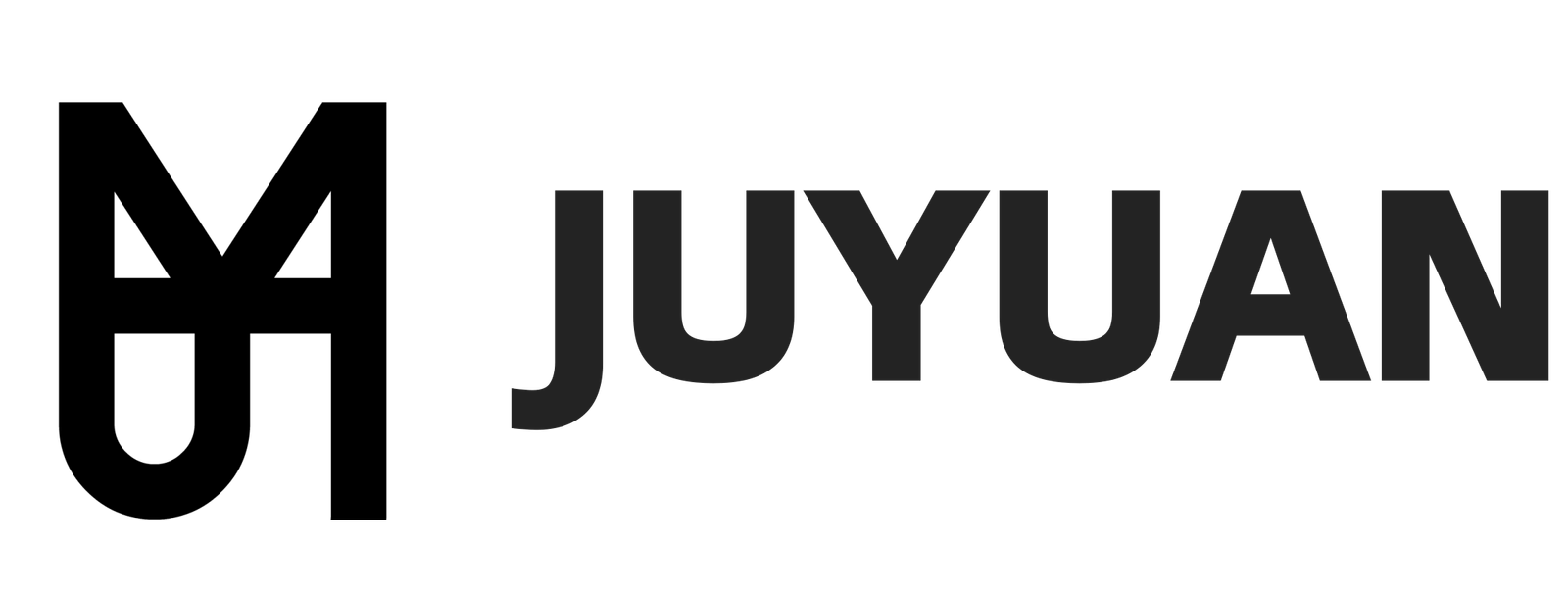I. Trends at CHINAPLAS 2025
At the recently concluded CHINAPLAS 2025, the global plastics and rubber industry presented a deep change with “green, intelligent, innovative, and globalization” as the core. As an exporter of plastic raw material pellets, we have conducted in-depth research and exchanged views with global customers, and found that the following four trends are rapidly reshaping market demand and the supply chain pattern. These trends bring challenges and unprecedented opportunities for plastic raw material suppliers.

II. What are global buyers looking at? 4 Material Trends
Trend 1: Green Circular Economy, from Recycling Technology to Comprehensive Breakthroughs in Bio-based Materials
CHINAPLAS 2025 is themed “Change - Collaboration - Shaping Sustainability”, and green technology has become the core focus of the show. The show featured three special zones for the recycling economy (recycled plastics, bioplastics, and recycling technology) with a total area of 16,000 square meters, covering the whole chain of innovations from raw materials to end-use applications.
1)Highlights
- High-value recycling technology: Live demonstrations of the “Bottle-to-Bottle Closed Loop Recycling” and “PE Recycling” production lines, showcasing physical and chemical recycling technologies. Esret's rPET solid-phase viscosity enhancement equipment solves the problem of decreasing viscosity and improves the performance of recycled materials.
- Explosion of bio-based materials: Arkema launched Rilsan® PA11 based on castor seeds, while Veolia and NatureWorks showcased biodegradable PLA materials covering packaging, medical, and other fields.
- Upgraded brand appeal: International customers generally require materials with environmental compliance certificates, carbon footprint transparency, and traceability systems.
2)Our response strategy:
As a virgin plastic pellet exporter, we have laid out:
- High-purity rPET, rPC pellets
- Biodegradable materials such as PLA, PBAT
- REACH, ROHS, FDA export standard support
These products are widely used in applications such as environmentally friendly packaging, disposable products, and food-contact-grade products, and help our customers to meet the requirements of ESG audits and regulations.

Trend 2: The rise of intelligent manufacturing, materials need to be adapted to the “smart factory”
The rubber and plastic industry is ushering in the “manufacturing + AI + Internet of Things” integration revolution. This year's smart manufacturing exhibition area reached 53,000 square meters, focusing on the following technological upgrades:
1)Highlights
- AI and IoT Integration: Lingyun Optical Technology developed AI models to detect low-contrast defects. Arburg and KraussMaffei showed precision extrusion production lines integrated with the Internet of Things, realizing predictive maintenance and real-time monitoring.
- Modularity and Collaborative Robotics: Fanuc and Kawada Machinery introduced full-servo automatic blow molding systems, reducing energy consumption by more than 30%, and suitable for small-batch customized production.
- Connected equipment: Intelligent production lines for real-time monitoring of material flow, temperature control, and energy consumption.
2)Our response strategy:
Exporting raw materials is more than just “selling pellets”; it is “supporting solutions.” We provide materials adapted to intelligent injection molding, blow molding, and extrusion equipment:
- High fluidity virgin PP/ABS
- High-temperature-resistant PPA, PA6T engineering plastics
- Antistatic, anti-yellowing masterbatch solutions
We can also work with customers to conduct sampling tests to ensure equipment compatibility and maximize production efficiency.

Trend 3: High-performance polymer application boundaries continue to broaden
Among the 120 premiere technologies, the application of high-performance polymer materials in the fields of new energy vehicles, robotics, low-altitude aircraft, and medical care has attracted wide attention.
1)Highlights
- Lightweight solutions: Carbon fiber composites (50% lighter than aluminum alloys) are used in drones and new energy vehicles. Waters New Materials' DuraKraft™ PEEK replaces metal and reduces energy consumption in robotic arms.
- Materials for extreme environments: BASF's PPA T6000 has a temperature resistance range of -40°C to 150°C and is suitable for high-voltage electrical components. Arkema's fluoropolymer materials support long-term implantation in medical devices with leading biocompatibility.
- Precision component adaptation: LCP, PPS, PEI, and other high-end pellets support micro-injection molding and high-precision machining.
2)Our coping strategy:
We continue to expand our export series of specialty engineering plastic pellets, including:
- High-temperature-resistant materials (PEEK, LCP, PPA)
- Functionally modified pellets with UV-resistant, flame-retardant, and insulating properties
- Support for medical, automotive, and aviation industry certification programs
Our products serve emerging markets in Southeast Asia, South America, Eastern Europe, and other manufacturing upgrade regions, with competitive advantages.

Trend 4: Deepening Collaboration in the Globalized Supply Chain, Releasing New Dividends from China's Manufacturing Power
This year's CHINAPLAS attracted 330,000+ professional visitors, with overseas buyers accounting for 20%. Cross-border sourcing and cooperation are deepening.
1)Highlights
- China's manufacturing advantages: 980 “specialized, special and new” enterprises (including 260 national “small giants”) showcased food-grade rPET, photovoltaic film, and other low-cost, high-efficiency solutions.
- Cross-border collaboration deepened: Countries such as Malaysia and Vietnam organized procurement missions. Purchasing groups were matched through the “CPS+ online platform” to achieve 365 days of supply and demand connection.
- Internationalization of the supply chain: Standardized certification and one-stop logistics service have become essential.
2)Our response strategy:
- Stable export channels have been established, covering Asia, South America, Eastern Europe, and the Middle East.
- Provide multi-language materials, rapid prototyping, and customs support.
- Collaborate with customers to develop localized product solutions.
We are linking more overseas customers through the triple touchpoints of “online exhibition + on-site visit + independent website inquiry.”

Ⅲ.Conclusion: Four Trends Guiding the Future Direction of Plastic Raw Material Exports
Green, smart, innovation, and globalization are no longer just concepts—they are the next wave of the plastics industry. As a plastic raw material pellet exporter, we are responding to new market demands by upgrading our product portfolio, optimizing our service system, and expanding our overseas layout:
- Promote sustainable and compliant pellet products
- Cooperate with our customers to realize intelligent transformation in production
- Link to the global market to build a stable supply chain
Welcome global customers to establish long-term cooperation with us, and together we will participate in this value reconstruction of the plastics and rubber industry.

